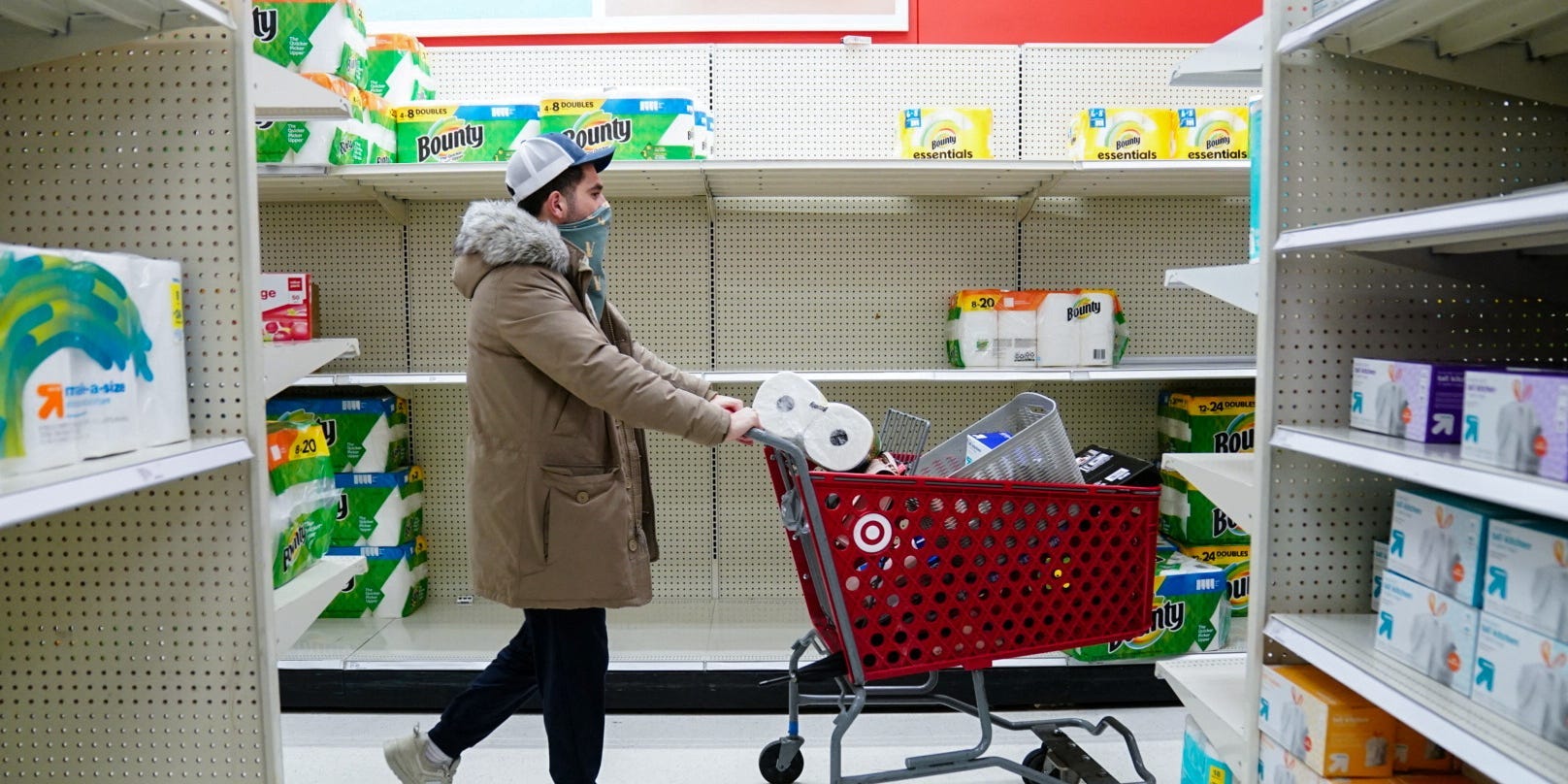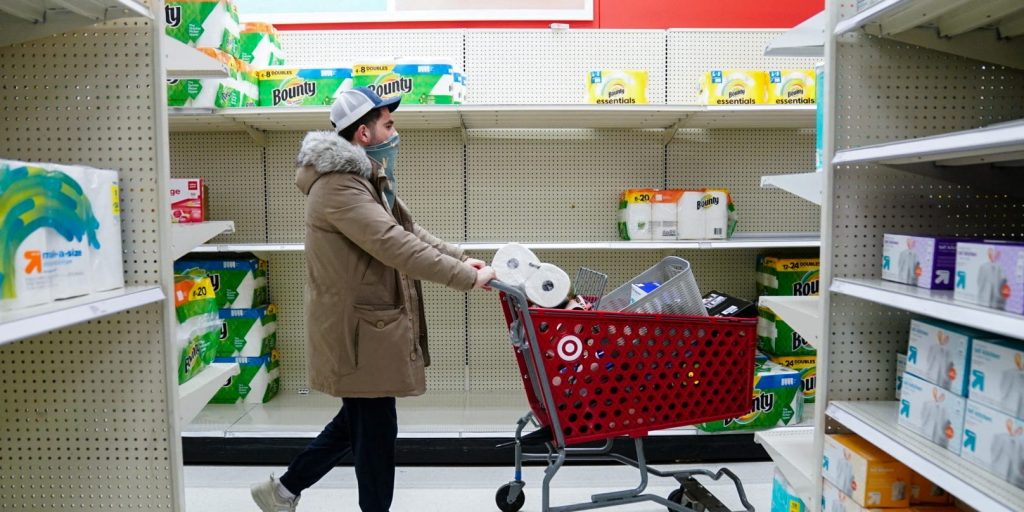
- The Consumer Price Index surged 7% year-over-year in December, matching the average estimate.
- The pace marks the strongest inflation since 1982 and a slight pickup from November's 6.8% gain.
- Economists expect inflation to cool through early 2022 as supply chains heal and demand eases.
Inflation in December was the strongest in almost four decades. It just might be the peak of pandemic-era price growth.
The Consumer Price Index — a popular measure of US inflation — gained 7% year-over-year last month, the Bureau of Labor Statistics announced Wednesday. That compares to a median forecast of 7% growth from economists surveyed by Bloomberg. The pace reflects the strongest inflation since 1982 and marks a slight acceleration from the 6.8% year-over-year leap seen in November.
The gauge also rose 0.5% on a month-over-month basis, according to the report. That beat the median estimate of a 0.4% jump and showed a slowdown from the prior month's 0.8% increase. The weaker one-month print hints overall inflation is fading as the gap between supply and demand closes.
Core CPI, which strips out volatile food and energy prices, rose 0.6% through last month. That came in above the median 0.5% projection and showed a small pickup from November's 0.5% gain.
The report reveals inflation worsened slightly through the last month of 2021 as Omicron spread across the country and supply chains slowly healed. The last 12 months have seen inflation become the biggest issue clouding the US recovery as consumers finally returning to some normal activity crashed into the fastest price growth in decades. The latest data represents the new high for pandemic inflation and caps a year of already historic price growth.
The report also comes as the Federal Reserve shifts its focus to fighting the inflation surge. The central bank announced in December it would double the pace at which it shrinks its emergency asset purchases, teeing the program up to end in March. The faster pullback sets the stage for multiple interest rate hikes in 2022, and Fed Chair Jerome Powell said Tuesday he's willing to accelerate the rate-hike timeline if inflation doesn't fade as anticipated.
"If we have to raise interest rates more over time, then we will," Powell said. "To get a long expansion, we're going to need price stability. In a way, high inflation is a severe threat to the achievement of maximum employment and achieving the long expansion that can give us that."
Economists are holding out hope for an early 2022 cooldown

